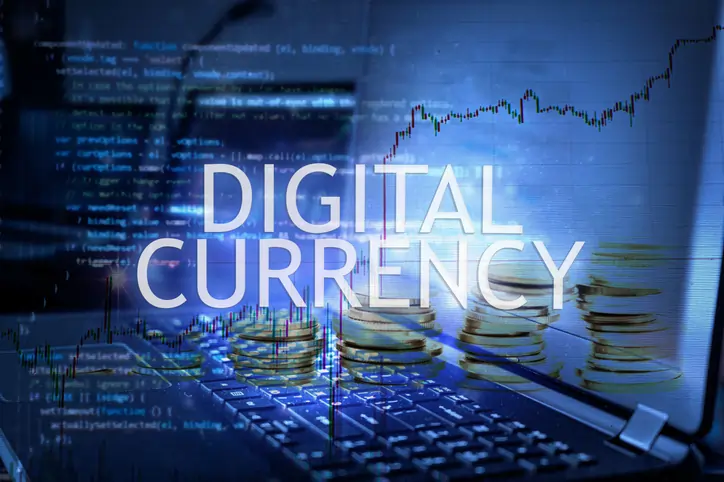
The Future of Currency: Exploring the Transition to Digital Money
Introduction:
The concept of currency has evolved significantly over the centuries, from bartering and physical coins to paper money and now, digital currency. With the rise of technology and the increasing digitization of our world, the future of currency is undergoing a profound transformation. This article explores the transition to digital money, its implications for the future of currency, and the opportunities and challenges it presents.
The Rise of Digital Currency
Digital currency, also known as cryptocurrency, is a form of currency that exists purely in digital form. It operates independently of traditional banking systems and is decentralized, meaning it is not controlled by any single entity. The most well-known example of digital currency is Bitcoin, which was created in 2009 and has since grown in popularity and value.
Benefits of Digital Currency
Digital currency offers several benefits over traditional forms of currency. One of the key advantages is the ability to make transactions quickly and securely, without the need for intermediaries such as banks. This can lower transaction costs and make cross-border payments more efficient. Additionally, digital currency can be more easily divided into smaller units, making it more versatile for everyday transactions.
Blockchain Technology
One of the key technologies underpinning digital currency is blockchain. Blockchain is a decentralized ledger that records all transactions made with a particular digital currency. This ledger is maintained by a network of computers, making it secure and resistant to tampering. Blockchain technology has the potential to revolutionize not only currency but also other industries such as supply chain management and healthcare.
Regulatory Challenges
Despite its potential benefits, digital currency faces several challenges, particularly in terms of regulation. Governments and financial regulators around the world are still grappling with how to regulate digital currency effectively. Concerns include its potential use for illicit activities such as money laundering and its impact on traditional banking systems.
The Role of Central Banks
Central banks are also exploring the potential of digital currency. Several central banks are considering issuing their own digital currencies, known as central bank digital currencies (CBDCs). CBDCs would be issued and regulated by central banks, providing a digital alternative to physical cash. However, the implementation of CBDCs raises questions about privacy, security, and the role of central banks in the digital economy.
Digital Currency and Financial Inclusion
One of the potential benefits of digital currency is its ability to improve financial inclusion. In many parts of the world, access to traditional banking services is limited, particularly in rural and remote areas. Digital currency has the potential to provide these underserved populations with access to financial services, enabling them to participate more fully in the economy.
The Future of Currency
The future of currency is likely to be increasingly digital. As technology continues to advance, digital currency is expected to become more prevalent, offering a secure, efficient, and accessible form of currency. However, the transition to digital money is not without its challenges, and it will require careful regulation and oversight to ensure its success.
Conclusion
Digital currency represents a significant evolution in the concept of money. Its ability to provide fast, secure, and accessible transactions has the potential to revolutionize the way we think about and use currency. However, the transition to digital money will require careful navigation of regulatory, technological, and societal challenges. By addressing these challenges thoughtfully, we can ensure that digital currency fulfills its potential to create a more inclusive and efficient financial system.


